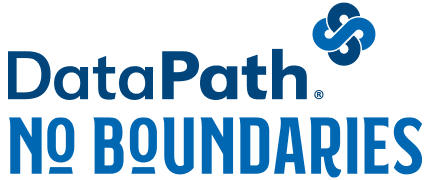FSA Contribution Limits for 2025
A Flexible Spending Account (FSA) is a health benefits account where participants allocate pre-tax earnings from their paychecks. This option is commonly included in benefits packages provided by employers. In 2025, the FSA contribution limit is $3,300 compared to $3,200 in 2024.
FSA funds can be used to cover a wide range of approved healthcare services and products. The IRS determines which healthcare expenses qualify for FSA payments, and this list is rarely modified. For instance, in 2011, over-the-counter (OTC) drugs and medications were deemed ineligible as part of Congress’s efforts to finance the Affordable Care Act (ACA). However, in 2020, OTC products regained their eligibility as a measure to alleviate financial strain during the pandemic. Additionally, menstrual care products were added to the list of eligible products for the first time. The most recent change occurred in March 2021, when Personal Protective Equipment (PPE) related to COVID-19 was added to the list of eligible expenses.

Annual FSA Contribution Limits
Header | Contribution Limit | Carryover Limit |
|---|---|---|
2025 FSA Contribution Limits | $3,300 | $660 |
2024 FSA Contribution Limits | $3,200 | $640 |
Is IRS Approval Required?
The IRS determines the eligibility of products and services for purchase with FSA funds. This guidance is provided in IRS Publication 502, Medical and Dental Expenses:
Eligible medical expenses encompass the costs of diagnosing, curing, mitigating, treating, or preventing diseases, and the expenses for treatments affecting any body part or function. These services must be legal in the U.S. and performed by physicians, surgeons, dentists, and other medical professionals. They also cover the costs of equipment, supplies, and diagnostic devices needed for these purposes.
Eligible medical care expenses are those that primarily alleviate or prevent a physical or mental ailment or illness, excluding products and services for general health enhancement, such as vitamins, supplements, or cosmetic procedures.
FSA-eligible items can be acquired from pharmacies, grocery and department stores, and online vendors like FSAStore.com, among others.
Important Notes about FSA Contribution Limits
- Many FSA plans include convenient debit cards, reducing the need to file reimbursement claims. Participants using these cards for expenses may need to submit receipts for verification or in case of an IRS audit.
- FSA funds can cover expenses for participants and their tax dependents, who don't need to be legally related, within a certain age range, or on the employee's insurance policy, but must meet IRS dependency rules.
- Under the Uniform Coverage Rule, an employee can access their full FSA contribution at the start of the plan year and then replenish it through equal, regular payroll deductions over the year. For instance, if a participant chooses an annual contribution of $2,500 and incurs a qualifying expense of $2,500 on the first day, they can use the full FSA amount for this expense and repay the account in equal installments throughout the year.
For 40 years, DataPath has been a pivotal force in the employee benefits, financial services, and insurance industries. The company’s flagship DataPath Summit platform offers an integrated solution for managing CDH, HSA, Well-Being, COBRA, and Billing. Through its partnership with Accelergent Growth Solutions, DataPath also offers expert BPO services, automation, outsourced customer service, and award-winning marketing services.

